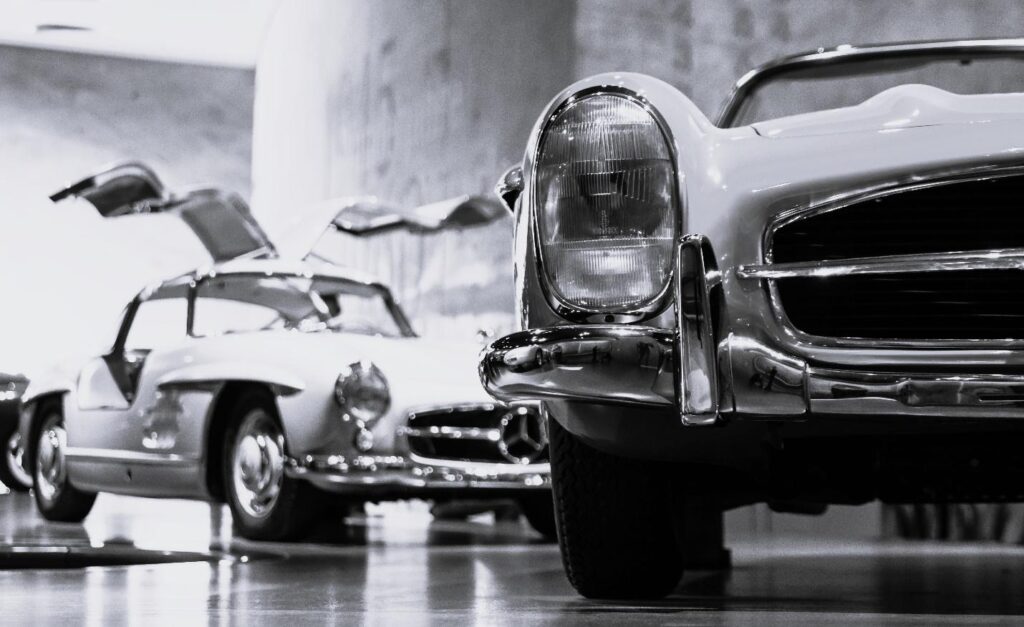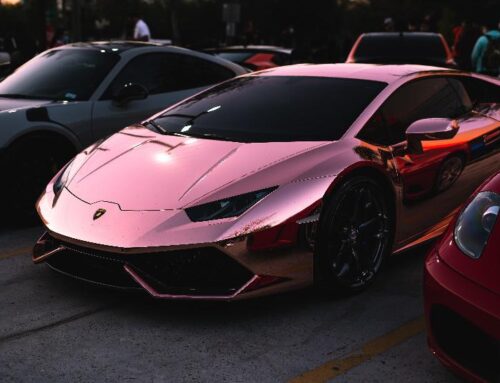 Classic cars have an undeniable allure that transcends time. They evoke nostalgia, capture the essence of a bygone era, and often symbolize the pinnacle of automotive craftsmanship. But what makes some classic cars more valuable than others? While beauty may be in the eye of the beholder, the value of classic cars is driven by a combination of objective and subjective factors.
Classic cars have an undeniable allure that transcends time. They evoke nostalgia, capture the essence of a bygone era, and often symbolize the pinnacle of automotive craftsmanship. But what makes some classic cars more valuable than others? While beauty may be in the eye of the beholder, the value of classic cars is driven by a combination of objective and subjective factors.
In this article, we’ll delve into the six key factors that influence the value of a classic car.
1. Rarity and Scarcity
One of the fundamental factors that contribute to a classic car’s value is its rarity. The fewer examples of a particular make and model that exist, the higher the value is likely to be. Rarity can be due to limited production numbers, special edition releases, or even the passage of time, as many classic cars become increasingly scarce as they succumb to natural wear and tear. Collectors are often willing to pay a premium for the privilege of owning a piece of automotive history that few others have.
2. Historical Significance
Classic cars are often intricately tied to historical moments or design trends that shaped the automotive landscape. Vehicles that played a significant role in shaping history or embody a specific era’s design philosophy tend to hold higher value. For instance, a classic car that was owned by a notable figure, featured groundbreaking technology for its time, or was instrumental in a pivotal race or event can command a premium due to its historical significance.
 3. Design and Aesthetics
3. Design and Aesthetics
The timeless beauty of a classic car’s design is a major driver of its value. Iconic designs that have stood the test of time and continue to captivate enthusiasts often command higher prices. Whether it’s the sleek curves of a vintage sports car, the elegance of a luxury sedan, or the rugged charm of a classic truck, the aesthetics of a classic car play a key role in determining its value.
4. Condition and Authenticity
The condition of a classic car is a critical factor that directly affects its value. Well-preserved, original examples are highly sought after, as they provide a window into the past and offer an authentic experience. Cars that have undergone meticulous restorations to their original specifications can also be valuable, provided that the restoration work is of high quality and keeps the car’s authenticity. Unaltered, matching-numbers cars with their original components generally command higher prices than those with modifications or replaced parts.
5. Popularity and Desirability
Just like any other market, classic cars are influenced by trends and changing tastes. The popularity and desirability of certain makes and models can significantly affect their value. A car that was once overlooked might become a sought-after gem due to a resurgence of interest or changing perceptions within the collector community. Media exposure, endorsements from influential figures, and appearances in movies or TV shows can also elevate a classic car’s desirability and value.
6. Provenance and Documentation
The provenance of a classic car—its documented history of ownership, maintenance, and any noteworthy events—can greatly affect its value. A well-documented car with a clear ownership history, service records, and any associated accolades or awards tends to instill confidence in potential buyers. Knowing that a classic car has been cared for and appreciated over the years adds to its allure and can justify a higher price tag.
The value of a classic car is a complex interplay of a range of factors that intertwine to create a unique story. Rarity, historical significance, design, condition, popularity, and provenance all contribute to the magic that makes certain classic cars coveted treasures. Whether you’re a seasoned collector or a casual enthusiast, understanding these factors can provide valuable insights into why certain classic cars hold their value, allowing you to appreciate the rich tapestry of automotive history even more.



